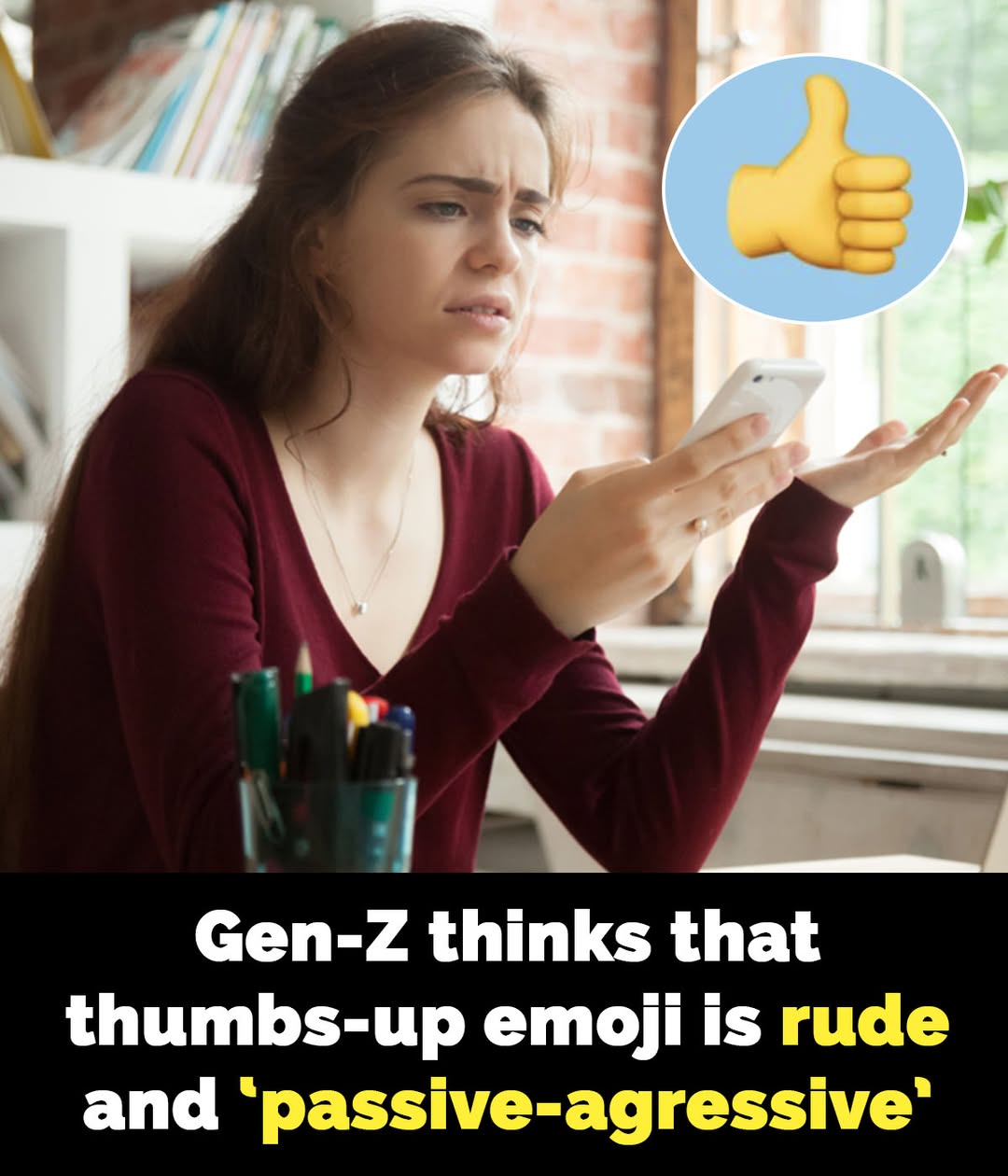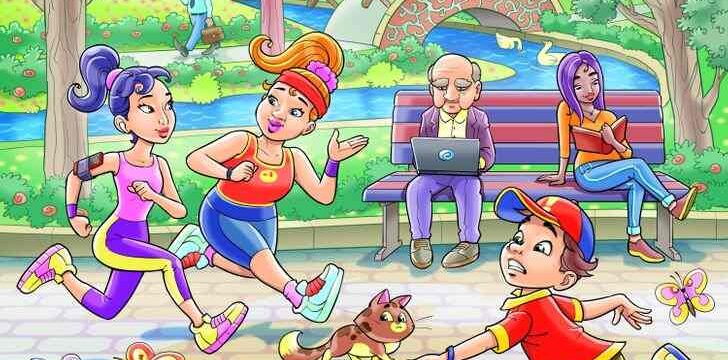
In the ever-evolving landscape of digital communication, emojis have become essential tools for conveying emotions and intentions. However, their interpretations can vary significantly across generations. A recent discussion has highlighted that many Gen Z individuals perceive the thumbs-up emoji (👍) as passive-aggressive or dismissive, contrasting with older generations who view it as a simple acknowledgment or sign of approval.
The Thumbs-Up Emoji: A Generational Divide
Traditional Use by Older Generations
For Baby Boomers and Gen X, the thumbs-up emoji has long been a straightforward way to express agreement, affirmation, or acknowledgment. In workplace communications, it often serves as a quick response to indicate that a message has been received and understood.
Gen Z’s Perspective
Conversely, many Gen Z individuals interpret the thumbs-up emoji differently. To them, it can come across as impersonal, lacking in enthusiasm, or even passive-aggressive. This perception stems from a preference for more expressive and personalized forms of communication. A simple thumbs-up might feel insufficient or dismissive, especially in contexts where a more detailed response is expected.
Evolving Emoji Interpretations
The Crying-Laughing Emoji (😂)
Once ubiquitous across all age groups to denote laughter, the crying-laughing emoji has seen a decline in popularity among Gen Z. Many now consider it outdated or overused. Instead, they might use the skull emoji (💀) to indicate that something is “so funny, I’m dead,” reflecting evolving digital slang.
The Checkmark Emoji (✔️)
While intended to signify confirmation or completion, the checkmark emoji can be perceived by younger users as cold or overly formal. In casual conversations, it might convey a sense of finality or detachment, which can be off-putting.
The Classic Smiley Face (😊)
Even the simple smiley face isn’t immune to reinterpretation. Depending on the context, it can be seen as sarcastic or passive-aggressive, especially if the accompanying message is terse or lacks warmth.
Implications for Workplace Communication
Potential for Miscommunication
As workplaces become more intergenerational, understanding these nuanced differences in emoji interpretation is crucial. A manager from an older generation might use the thumbs-up emoji to quickly acknowledge a task’s completion, intending it as positive reinforcement. However, a Gen Z employee might perceive this as lacking appreciation or enthusiasm, leading to potential misunderstandings.
Strategies for Effective Digital Communication
- Use Clear Language: Instead of relying solely on emojis, accompany them with words to convey the intended tone. For example, pairing a thumbs-up emoji with a message like “Great job!” can clarify positive intent.
- Be Mindful of Audience: Consider the recipient’s generational background and preferences. When in doubt, opt for more explicit expressions of acknowledgment or praise.
- Foster Open Dialogue: Encourage team members to share their communication preferences, creating an environment where everyone feels understood and valued.
Conclusion
Emojis, while small, play a significant role in modern communication. As their meanings evolve, especially across generational lines, it’s essential to stay attuned to these shifts to ensure clear and effective interactions. By being mindful of how different age groups interpret various emojis, we can bridge communication gaps and foster more harmonious relationships both personally and professionally.





